Google recently unveiled its highly-anticipated Pixel Watch successor, the Pixel Watch 2. Here’s how it compares to Apple’s own 2023 smartwatch, the Apple Watch 9.
While companies like Samsung, Fitbit and TicWatch have given Apple some healthy competition over the years, few smartwatches have gotten close to matching the success of the Apple Watch.
Keep reading to learn how Google’s newest Pixel Watch stands up to the Apple Watch 9.
Pricing and availability
The Pixel Watch 2 launched in October 2023 with prices starting at $349/£349/€399 for the Wi-Fi-only model.
The Apple Watch 9 arrived just one month earlier in September 2023 and starts at $399/£399/€449 for the 41mm aluminium model without cellular. This makes the Apple Watch the more expensive option by $50/£50/€50.
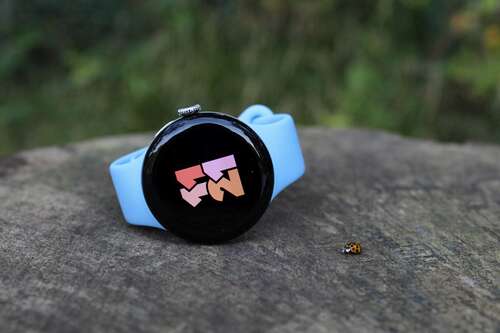
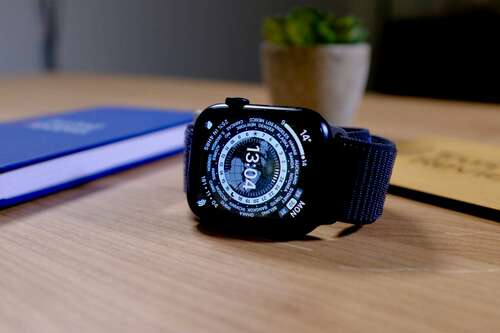
Design and screen
The Pixel Watch 2 features a sleek, domed case made from 100% recycled aluminium. The case measures 41mm and there’s a crown positioned neatly on its edge. We were disappointed to see the watch only comes in one size as it isn’t ideal for larger wrists.
The screen itself is a 1.2-inch AMOLED display with a 1000-nit peak brightness and always-on option.
The Apple Watch 9 has a square case with a curved screen and smooth, rounded corners. Unlike the Pixel Watch 2, the Apple Watch 9 comes in two sizes – 41mm and 45mm. The cases come in a wider array of colours and you can choose between 100% recycled aluminium or the pricier stainless steel model.
The display is brighter and dimmer than that on the Series 8, making it more comfortable to use in sunlight and late at night. The stainless steel version also benefits from a sapphire crystal display, which makes it very durable.
Finally, the Apple Watch Series 9 is water resistant for depths of up to 50m, while the Pixel Watch 2 is rated both IP68 and 5 ATM, with the former signalling the watch can withstand depths of 1.5m for up to 30 minutes and the latter meaning the watch can withstand water pressure up to 50m.
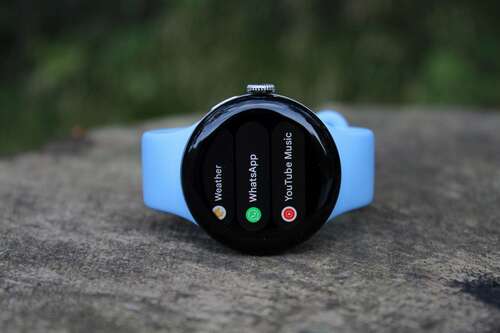
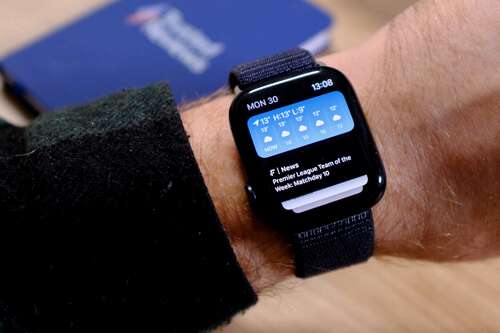
Software and features
One of the biggest differences between the Pixel Watch 2 and the Apple Watch 9 is the operating system they use. The Pixel Watch features Google’s Wear OS, whereas the Apple Watch runs on Apple’s WatchOS.
WatchOS 10 is a huge part of what makes the Apple Watch so popular with its huge range of apps, great watch faces and deep integration with the iPhone.
Wear OS 4 packs some impressive upgrades compared to Wear OS 3. This includes improved app support with apps like WhatsApp (which isn’t even available on the Apple Watch) arriving on the operating system and seamless integration with Google’s own services, including Google Assistant, Maps and Calendar.
Fitness and health tracking
Both the Pixel Watch 2 and the Apple Watch 9 are solid smartwatches for casual fitness and health tracking.
Much of the fitness tracking on the Pixel Watch 2 is handled by Fitbit, a brand that Google acquired a few years back. We found Fitbit and its companion app to be a great way to track your daily activities and progress.
The Pixel Watch includes a number of sensors, including GPS, VO2 Max and a multi-path optical heart rate sensor that offers more accurate figures compared to the original Pixel Watch.
While the watch now offers automatic exercise tracking, this wearable leans toward step and calorie burn tracking over offering more advanced metrics. This puts it slightly behind the likes of Apple, Samsung and Xiaomi who offer better heart rate zone breakdowns and more advanced insights for runners as standard. Certain metrics like Daily Readiness are even locked behind the Fitbit Premium paywall.
The same goes for health tracking which includes stress monitoring and skin temperature sensors as well as sleep tracking. The Health Metrics dashboard is complete and digestable and we generally found the metrics to be very accurate. Though monthly wellness reports and stress management scores are again exclusive to Fitbit Premium subscribers.
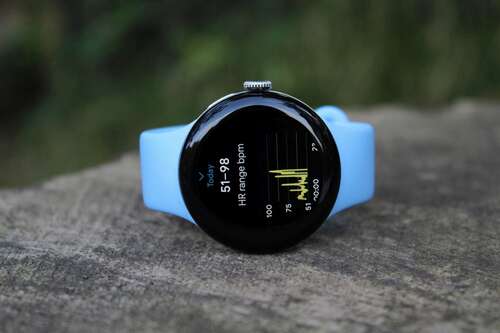
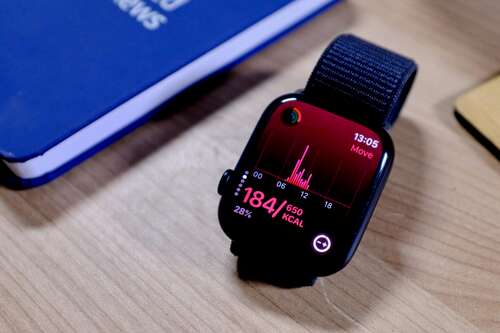
The Apple Watch 9 is also packed with sensors, including GPS, heart rate and blood oxygen and a temperature sensor for female cycle tracking. There’s an ECG app, sleep tracking and the SOS satellite and car crash detection features introduced on the Series 8.
We found the Apple Watch Series 9 to be great for visualising your daily move targets. There’s also a huge array of workout options, with cycling added with WatchOS 10. However, the way the Apple Watch displays data in the iPhone Health app is beginning to feel a little outdated, with plenty of raw data available but no tips on how to improve.
Battery life
The Pixel Watch 2 has a 24-hour battery life though we were able to push it to 30 hours on some days. However, you will need to charge the watch every day.
The same goes for the Apple Watch 9, which carries an 18-hour battery life that should get you through a full day’s wear. That figure is according to Apple as we found we were often left with at least 30% battery remaining at the end of the day.
The Apple Watch takes about an hour to charge fully, while the Pixel Watch 2 can go from 15-20% to 100% in 45-50 minutes.
Final verdict
Both the Apple Watch 9 and the Pixel Watch 2 are good-looking smartwatches capable of running a variety of apps and offering basic health and fitness tracking.
We still think the Apple Watch is the best smartwatch for iPhone users, but for Android users, the Pixel Watch will be more tempting – especially so with all the improvements Google has squeezed in with this generation.

